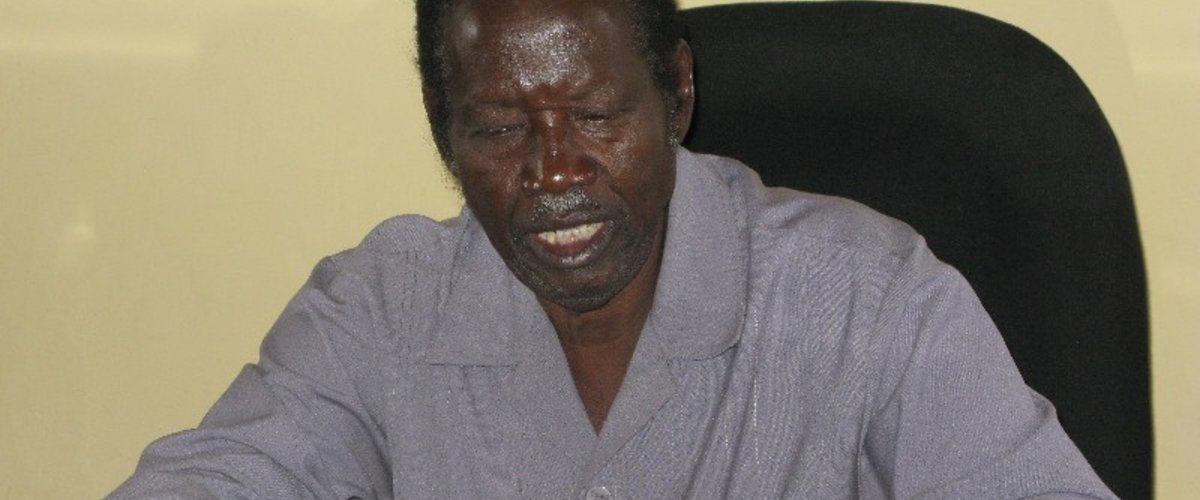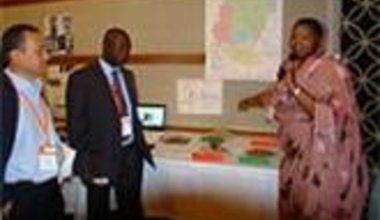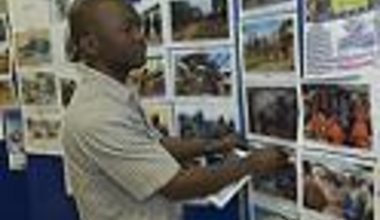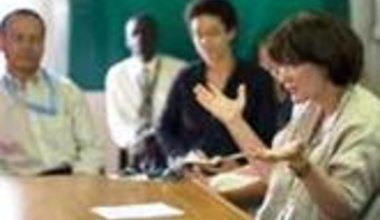Getting registered to vote
As voters' registration for the scheduled April 2010 national elections closed on 7 December, citizens throughout Sudan rushed to add their names before the books were officially closed.
By the end of the day, a total of more than 15 million voters, or over 75 per cent of the estimated voting-age population, had registered both inside and outside Sudan, according to National Elections Commission (NEC) figures.
In Central Equatoria State, some 439,000 people had registered in the first 30 days, but more had signed their names during the seven-day extension period until 7 December, according to John Kenyi, a member of the state's Election High Committee.
"With reports arriving from various locations, we may expect better results of the registration," Mr. Kenyi said.
Voters' registration was initially planned for 30 days beginning 1 November, but the NEC extended it until 7 December due to irregularities like low voter education and logistical challenges in some parts, especially in Southern Sudan.
"We had big mobility problems because of bad roads. Our vehicles often broke down ... even at the end of the whole process there were some communities that had not been accessed by our teams and hence not registered," said Mr. Kenyi.
In Upper Nile State, the figure for voter registration was one of the highest in Sudan, according to the state's High Elections Commission chief Philip Mayik Yor. "Up to yesterday (6 December), the National Elections Commission of Upper Nile State had counted 362,035 people that had registered, which is 74 percent out of the total population in Upper Nile State who are eligible to vote."
The most recent census count put the population of Upper Nile State at 964,000, with 448,000 eligible to vote. "We are expecting the number to increase because we are still waiting for the voter registration result from rural areas," said Mr. Yor.
He added that the highest turnout was on the last day of registration, as people rushed to register. "Unfortunately some of them could not be registered because we had to close the registration centre at 6:00 p.m. and people were still queuing."
Voter registration in the Bahr el Ghazal region (Warrap, Lakes, Northern Bahr el Ghazal and Western Bahr el Ghazal) also had a substantial turnout, noted UNMIS Wau Electoral Unit team leader Fallah Bockarie.
Andrew Revi Njiga, of the Western Bahr el Ghazal State High Election Committee, pointed to difficulties in transportation at the beginning of the exercise, but said that these were later resolved. "The team was very successful in some areas which were not covered by census ... we registered an outstanding number of people for the election."
According to National Election Commission statistics, Bahr el Ghazal region registered a total of 1, 419,821 voters (421,687 in Warrap, 451,789 in Northern Bahr el Ghazal, 210,239 in Western Bahr el Ghazal and 336,106 in Lakes states).
Following an initial low turn-out, voter registration in Khartoum State picked up in mid-November and peaked on the last day, with a total of 1,932,783 persons registering out of the nearly three million eligible.
"Our initial expectation was to register 1.8 million voters but we have so far registered 1.5 million (in Khartoum State)," said Chairman of the Election High Committee of Khartoum State Musa Mahgoub at the end of November.
By 7 December, the total number for Khartoum State had climbed to 1,932,783.
Mr. Mahgoub added that although there was a peak day with 83,000 registrations, turn-out had dropped to as low as 24,000 persons on 1 December, the day following Eid al-Adha holiday.
On the last day, however, registration in Khartoum State climbed to a surprising 153,000. The elections official jokingly reasoned this increase with the fact that "Sudanese people often leave things to the last minute.
 UN
UN United Nations Peacekeeping
United Nations Peacekeeping





